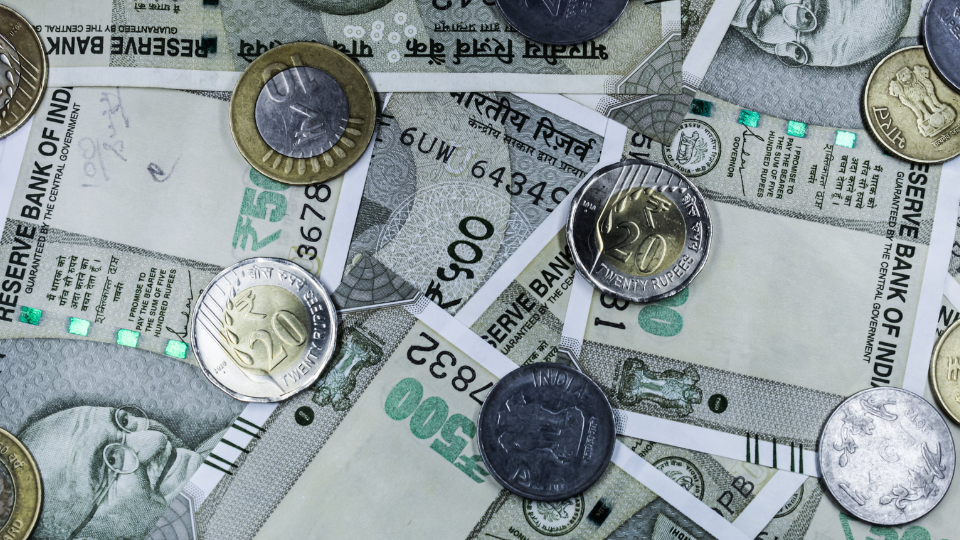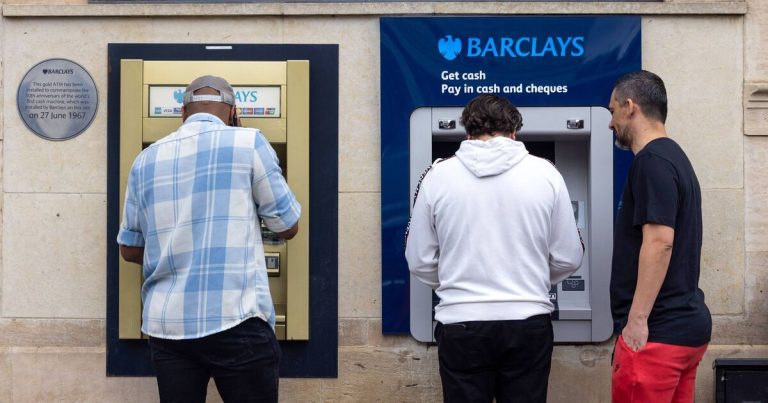
According to Statista, there are 326,000 millionaires in India as of December 2023. Because many of them capture the attention of the press or become pop-culture sensations, it might seem like becoming a millionaire is impossible for everyday people.
You don’t need to develop the next tech unicorn or be a celebrity to become a millionaire. In reality, most millionaires are regular people, not all of whom bring home six- and seven-figure salaries. With some common sense and discipline, you, too, can become a millionaire on an average income.
How You Can Be a Millionaire
The first step to becoming a millionaire is understanding the power of compound returns. When you compare a modest rate of monthly savings with a goal of INR 1 million, the challenge seems overwhelming.
But the key is to realize that the vast majority of wealth comes from compounding. That’s when your early returns lead you to earn greater later returns. Think of it this way: If you earn 10% on INR 1,000, you’d have INR 1,100 at the end of the first year, a gain of INR 100. If you earned that same 10% return on your money the following year, you’d have INR 1,210, an increase of INR 110.
What’s excellent about compound returns is that they are investment gains you see without adding more money to your investment (though it’s essential to contribute more money to maximize your compounding regularly).
Compounding Returns Example
Now, let’s see how compounding can help you become a millionaire. First, we’ll calculate a possible rate of return on our investment. Since 1926, the average annual return on a portfolio with 80% stocks and 20% bonds has been 9.4%. During this same period, inflation has averaged about 2.9%.
Based on this historical data, we will assume an inflation-adjusted annual rate of return of 6.5%. Using an after-inflation rate of return, the results of our calculations will show an amount of money in today’s dollars.
How much we need to save each month to become millionaires depends on how long we save and invest. It’s important to understand that the longer we save and grow our money, the less we need to save each month to reach our goal.
To become millionaires in 10 years, we must save about INR 8,333 per month. This is only realistic for some people. But luckily, most people aren’t trying to become millionaires in a decade.
If they’re saving for retirement, they generally have at least a few decades to reach millionaire status. As we extend our investing period to reflect that, we can see the value of investing early and the power of compounding.
If we save and invest for 20 years, our monthly savings amount drops to around INR 4,166. It is still unrealistic for many people, but we are moving in the right direction. Here’s how much we would need to save each month for different periods.
It’s important to take a moment to note some things, like the impact of time and compounding. Each decade, you wait to start saving roughly doubles the amount you need to contribute to reach your goal. But by the same token, if you start early enough, you can grow your wealth to great sums with only a few hundred rupees a month.
Accounting for the Impact of Fees
The above results do not consider the impact of investment fees. If you use low-cost index funds alone, the small fees these investments charge won’t change the results significantly. This is for investors who pay an advisor or use expensive, actively managed mutual funds. However, the results can vary dramatically.
For example, let’s assume an investor pays a financial advisor 1% per year to manage their investments. Although 1% may not seem like a lot, it dramatically impacts the amount of money that needs to be saved each month to reach our INR 1 million goal. Here’s how much it would take to reach INR 1 million, accounting for that fee.
If the same advisor uses expensive mutual funds charging an additional 1%, as many do, the monthly savings requirement goes even higher. Here’s how things play out as the investor tries to reach their INR 1 million goal.
As you can see, investment fees, even ones that seem insignificant, can really add up over time.
Your Employer’s Match Can Help Make You a Millionaire
Many employers match about INR 0.50 for every INR 1 contributed by an employee, up to 6% of the employee’s salary. Some offer an INR 1 matching contribution for every INR 1 contributed by an employee. A benefit like this can easily add INR 100 to INR 200 a month to your total savings, which reduces the amount you need to save on your own to become a millionaire.
For example, let’s assume an individual making INR 50,000 a year is saving INR 2,083 a month to become a millionaire in approximately 40 years. If an employer matches up to 6% of the employee’s salary, this benefit would add about INR 3,000 a year (or INR 250 a month) to the employee’s retirement account.
If this employee continued to save INR 2,083 a month, the extra about INR 250 a month employer match would enable the employee to become a millionaire in about 36 years rather than 40 years. If they decide to continue working and contributing for 40 years, the employer match will grow their wealth to nearly INR 11 lakh.
Don’t Let Lifestyle Debt Prevent You from Becoming a Millionaire
If there’s one roadblock to becoming a millionaire, it’s lifestyle debt. This is debt, often charged to a credit card, to purchase everything from vacations to a night out on the town. A reasonable debt that helps us buy something of lasting value, such as an education or a home, can be a wise choice. Going into high-interest debt to buy things with no lasting value works against the goal of becoming a millionaire.
Historical Returns Are Not a Promise of Future Success
Our analysis makes several key assumptions about the variables that determine how and when you could become a millionaire. These variables will fluctuate over the decades, and some could prevent you from achieving this goal in the allotted time.
The most significant assumption is the after-inflation average rate of return. Over the next several decades, the average rate of return may very well fall short of the benchmark we’ve chosen in this analysis. In addition, how much you can save each month will likely vary over time. And inflation may prove to be more of a headwind than expected.
Financial setbacks are inevitable. The best plans often need to be revised. While financial planning is essential, as Mike Tyson says, everybody’s got a plan till they get punched in the mouth. The markets, inflation, or personal circumstances sometimes punch us in the mouth.
Final Thoughts on How to Become a Millionaire
While the millionaire status is alluring, aim to achieve financial freedom rather than arbitrarily aiming to reach the two-comma club. Depending on your unique circumstances, financial freedom may require more or less than INR 1 million.
Regardless of your specific financial goals, your focus should be on saving and investing early and consistently while keeping an eye on fees. If you can avoid lifestyle debt simultaneously, compound returns will take care of the rest.
Disclaimer: Additional Contribution by Rob Berger






